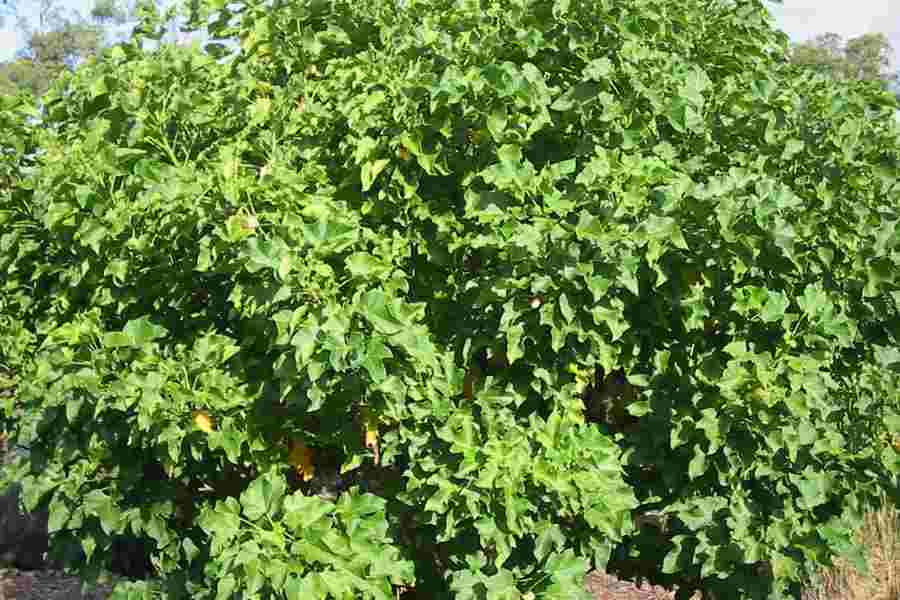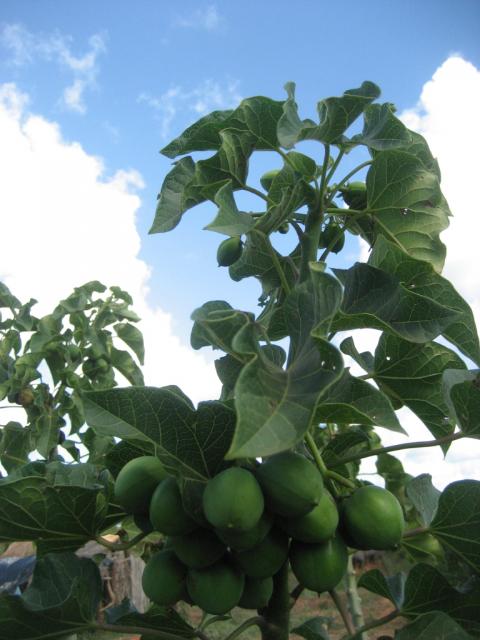
Mission Biofuels Sdn. Bhd
Add a review FollowOverview
-
Founded Date October 7, 1946
-
Sectors Health Care
-
Posted Jobs 0
-
Viewed 118
Company Description
Make your own Biodiesel Part 2
Anybody can make biodiesel. It’s easy, you can make it in your kitchen– and it’s BETTER than the petro-diesel fuel the big oil companies sell you. Your diesel motor will run much better and last longer on your home-made fuel, and it’s much cleaner– better for the environment and much better for health.

If you make it from utilized cooking oil it’s not just inexpensive but you’ll be recycling a problematic waste product. Most importantly is the GREAT feeling of freedom, self-reliance and empowerment it will give you. Here’s how to do it– everything you need to understand.

Straight vegetable oil fuel (SVO) systems can be a tidy, reliable and economical choice. Unlike biodiesel, with SVO you need to customize the engine. The finest way is to fit a professional singletank SVO system with replacement injectors and glowplugs optimised for veg-oil, in addition to fuel heating.
With the German Elsbett single-tank SVO system for example you can utilize petro-diesel, biodiesel or SVO, in any combination. Just start up and go, stop and change off, like any other cars and truck. Journey to Forever’s Toyota TownAce van utilizes an Elsbett single-tank system. More
There are also two-tank SVO systems which pre-heat the oil to make it thinner. You need to begin the engine on normal petroleum diesel or biodiesel in one tank and after that switch to SVO in the other tank when the veg-oil is hot enough, and change back to petro- or biodiesel before you stop the engine, or you’ll coke up the injectors.
More details on straight grease systems in my blog site.
3. Biodiesel or SVO?
Biodiesel has some clear benefits over SVO: it works in any diesel, without any conversion or adjustments to the engine or the fuel system– simply put it in and go. It likewise has much better cold-weather residential or commercial properties than SVO (but not as excellent as petro-diesel– see Using biodiesel in winter). Unlike SVO,
it’s backed by many long-term tests in many nations, including millions of miles on the roadway.
Biodiesel is a clean, safe, ready-to-use, alternative fuel, whereas it’s fair to say that numerous SVO systems are still speculative and need more development.
On the other hand, biodiesel can be more pricey, depending how much you make, what you make it from and whether you’re comparing it with new oil or used oil (and depending on where you live). And unlike SVO, it needs to be processed initially.
But the large and rapidly growing around the world band of don’t mind– they make a supply weekly or as soon as a month and soon get used to it. Many have been doing it for many years.
Anyway you need to process SVO too, specifically WVO (waste grease, utilized, prepared), which lots of people with SVO systems utilize since it’s low-cost or complimentary for the taking. With WVO food particles and impurities and water need to be gotten rid of, and it probably should be deacidified too. Biodieselers say, “If I’m going to need to do all that I may as well make biodiesel instead.” But SVO types discount that– it’s much less processing than making biodiesel, they state. To each his own.


